Discover the Four Stages of Psychological Safety in 2025
Psychological safety is now a top priority for organizations aiming to thrive in 2025. With workplaces evolving rapidly, teams need environments where every member feels safe to speak up, share ideas, and take risks.
Understanding the four stages of psychological safety is key to unlocking innovation, boosting engagement, and achieving sustainable success. This framework gives leaders and teams a roadmap for building trust, encouraging collaboration, and driving high performance.
In this article, you will find an overview of psychological safety, a detailed look at each of the four stages, real-world examples, and practical strategies to help your organization stay ahead in the coming year.
What Is Psychological Safety?
Psychological safety is the shared belief that a team is safe for interpersonal risk taking. This concept, first defined by Harvard professor Amy Edmondson, has become a cornerstone of effective teams in the modern workplace. At its core, psychological safety encourages open dialogue, honesty, and the freedom to express ideas without fear of humiliation or retaliation. As organizations strive for agility and resilience, understanding the four stages of psychological safety has never been more crucial.
The importance of psychological safety is backed by rigorous research. Google’s Project Aristotle identified it as the top factor in high-performing teams. In today’s hybrid and remote environments, the four stages of psychological safety help teams navigate uncertainty and rapid change. Teams with higher psychological safety report stronger engagement, creativity, and collaboration, leading to better business outcomes and lower turnover rates.
Many assume psychological safety simply means comfort or consensus. In truth, it is about fostering candor, constructive challenge, and risk taking. True psychological safety empowers individuals to question, disagree, and innovate, knowing their input is valued. Recent studies show that companies prioritizing the four stages of psychological safety outperform peers in innovation, adaptability, and employee satisfaction.
Timothy R. Clark’s The 4 Stages of Psychological Safety model provides a practical framework for building trust and inclusion, moving from feeling accepted to confidently challenging the status quo. Organizations like Google, Microsoft, and leading startups have embraced the four stages of psychological safety to unlock team potential.
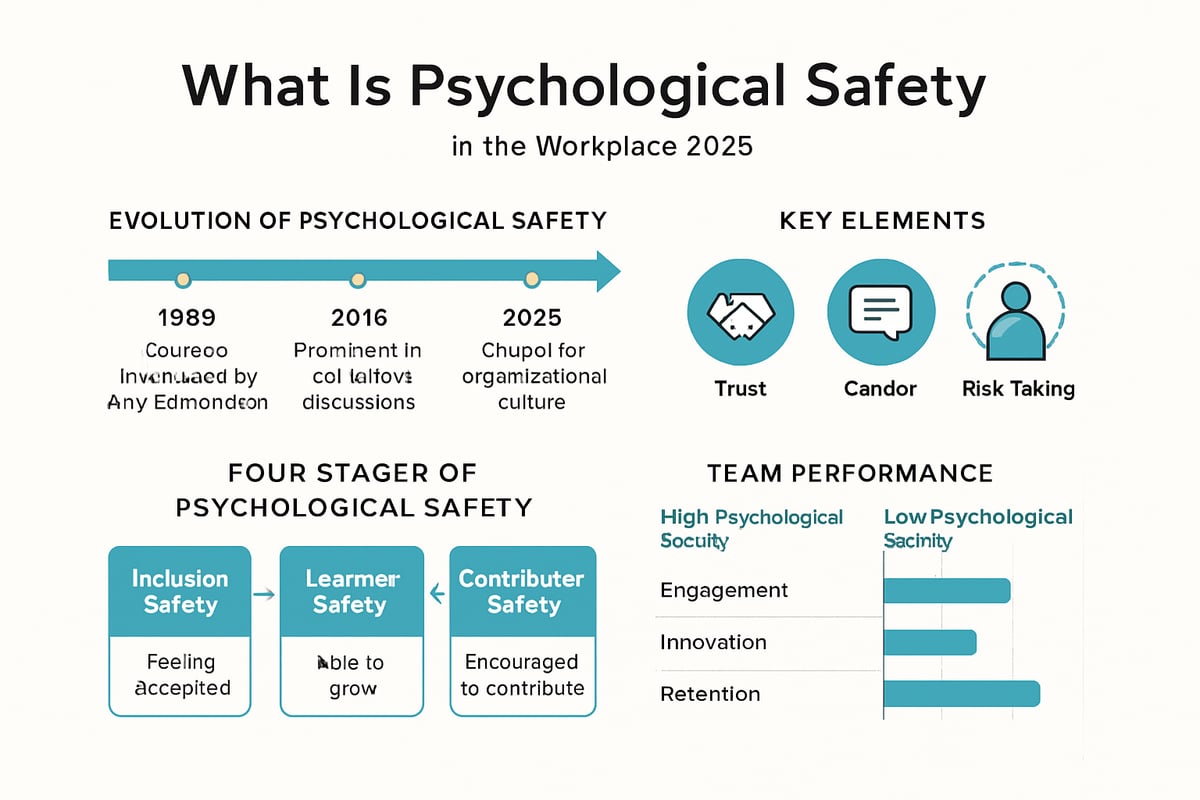
Understanding the Four Stages of Psychological Safety
Timothy R. Clark’s four stages of psychological safety model has become a cornerstone for teams aiming to unlock high performance in 2025. This framework helps leaders and organizations address the real challenges of building trust, openness, and resilience in today’s fast-evolving workplaces. As we look ahead, understanding the four stages of psychological safety is essential for anyone seeking to foster environments where innovation and engagement thrive.
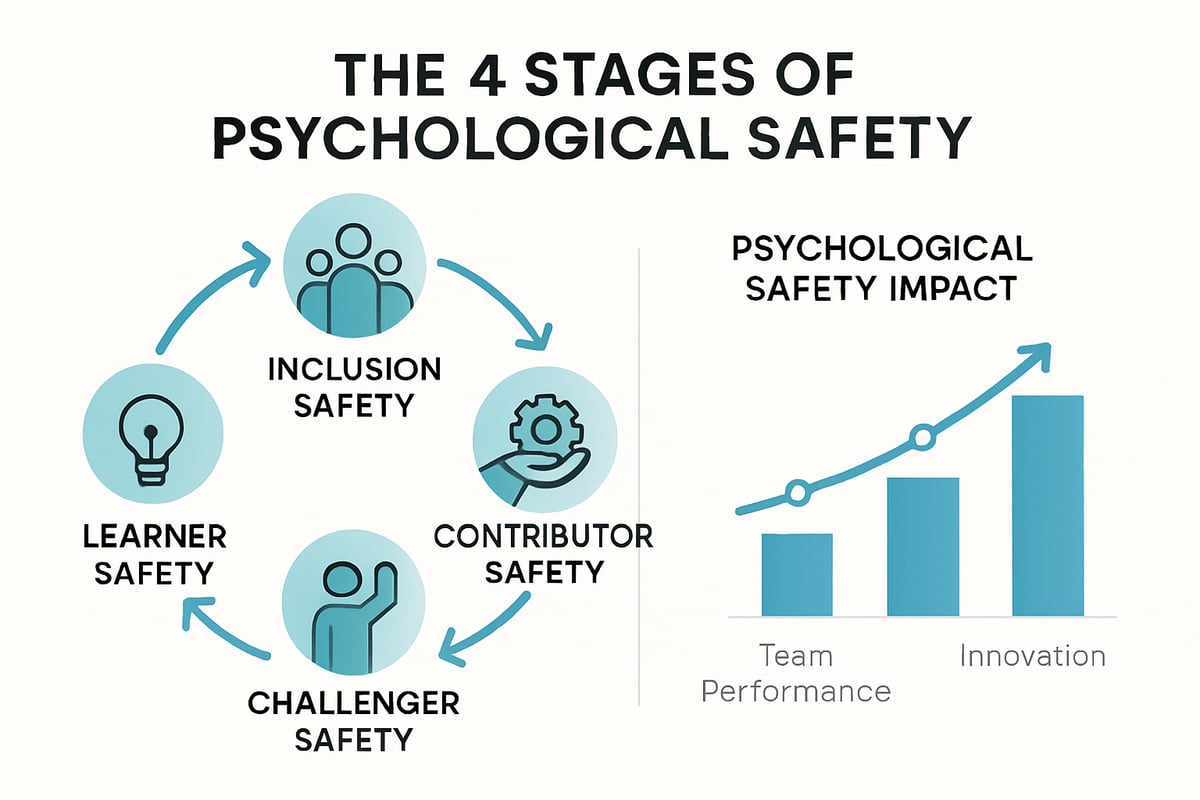
Clark’s model is more than a checklist. It recognizes that psychological safety is not static or strictly linear. Teams may move forward or backward among stages based on changes in leadership, culture, or external pressures. The metaphor of “stages” is powerful, but in reality, the journey through the four stages of psychological safety is dynamic and ongoing. This flexibility is what makes the model so relevant for organizations navigating remote work, hybrid teams, and rapid transformations in 2025.
Progressing through all four stages of psychological safety is critical. When teams stall at an early stage—such as only achieving inclusion without fostering challenge—trust and innovation can suffer. For example, a team comfortable sharing ideas but afraid to question authority may miss out on breakthrough solutions or fail to catch costly mistakes. The four stages of psychological safety provide a roadmap for leaders to identify gaps, anticipate friction, and encourage growth at every level.
It’s important to note that psychological safety is deeply influenced by factors like organizational hierarchy, cultural norms, and individual backgrounds. No two teams will experience the four stages of psychological safety in exactly the same way. Differences in seniority, communication styles, or geographic locations can create uneven progress, leading to misunderstandings or disengagement if not addressed. Leaders must actively tune into these dynamics and tailor their approach accordingly.
For a concise overview of Clark’s model and its practical applications, explore The 4 Stages of Psychological Safety. This resource breaks down each stage and offers actionable steps for teams to build stronger, safer cultures.
As we move forward, this article will break down each of the four stages of psychological safety in detail. From fostering inclusion to empowering challengers, you’ll discover how each stage builds on the last—and how leaders can guide their teams to new heights of trust and performance.
The Four Stages of Psychological Safety in 2025
Psychological safety is not just a buzzword—it is a proven driver of innovation, engagement, and resilience in modern organizations. As we move into 2025, understanding and applying the four stages of psychological safety empowers teams to unlock their full potential, build lasting trust, and outperform the competition.
Let’s start with a quick overview of the four stages of psychological safety. This framework gives leaders and teams a roadmap for building cultures where everyone can thrive.
| Stage | Core Need | Key Behaviors | 2025 Focus Area |
|---|---|---|---|
| Inclusion Safety | Acceptance | Welcoming, Respect, Belonging | Hybrid/Remote Inclusion |
| Learner Safety | Growth and Experimentation | Curiosity, Feedback, Risk-taking | Upskilling, Continuous Learning |
| Contributor Safety | Empowerment to Contribute | Sharing Ideas, Engagement | Cross-functional Collaboration |
| Challenger Safety | Courage to Challenge the Status | Speaking Up, Innovation | Change Management, Risk Mitigation |
Each stage is essential. Progressing through the four stages of psychological safety is not always linear, but mastering each one creates a foundation for high-performing, future-ready teams.
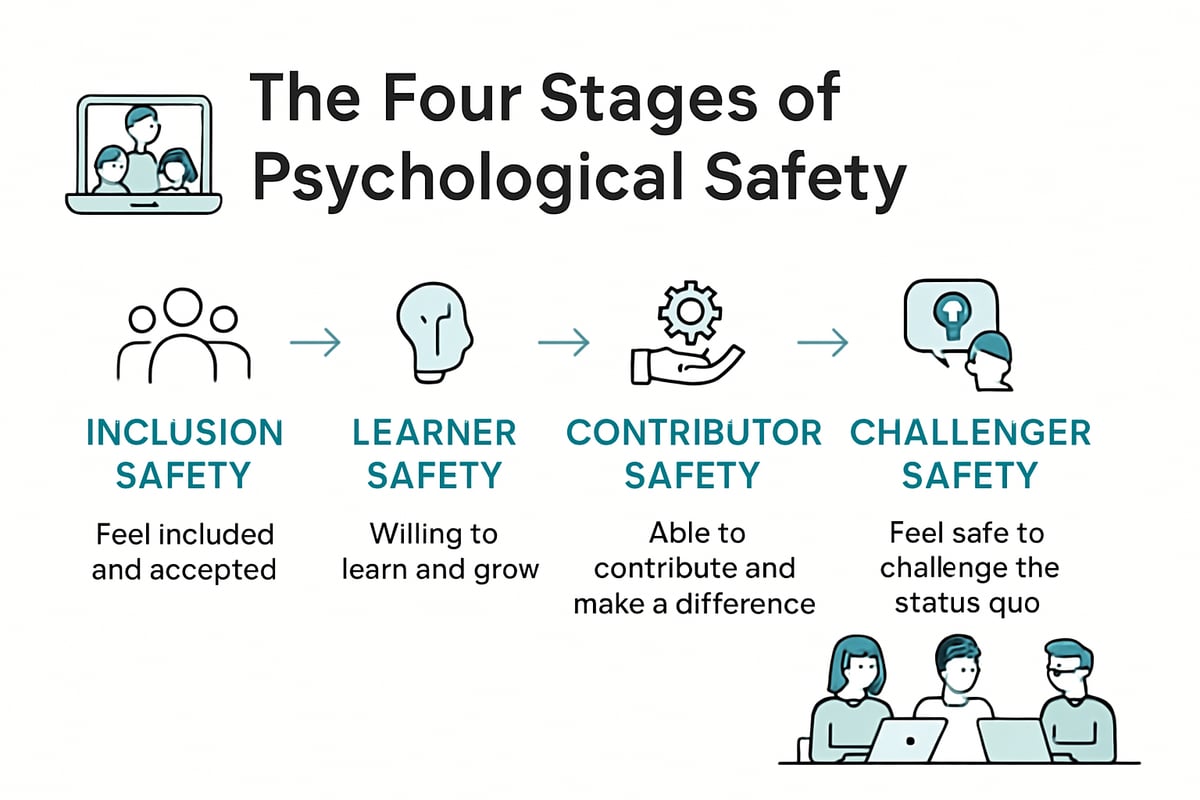
1. Inclusion Safety
Inclusion Safety forms the bedrock of the four stages of psychological safety. It is all about feeling accepted and valued for who you are, no matter your background, identity, or role. When teams achieve inclusion safety, every member feels a genuine sense of belonging and respect.
Organizations in 2025 face new challenges: hybrid work, global hiring, and diverse teams mean inclusion safety cannot be taken for granted. Leaders must be intentional about fostering inclusion. This starts with inclusive onboarding, where new hires are welcomed and their perspectives are sought early on. Open communication channels and zero tolerance for discrimination are non-negotiable.
To reinforce the four stages of psychological safety, companies are investing in diversity, equity, and belonging (DEB) initiatives. These programs go beyond compliance, focusing on daily behaviors that signal acceptance. For example, anonymous feedback tools give everyone a voice, while ongoing diversity training helps teams identify and address bias.
Consider this: According to a 2024 Deloitte report, companies with strong inclusion safety see 27% higher employee engagement and 39% lower turnover rates. The four stages of psychological safety start with belonging, and without this foundation, teams struggle with trust and retention.
Challenges remain, especially in remote settings. Cultural differences, time zones, and digital fatigue can erode inclusion safety. Leaders in 2025 should use regular check-ins, virtual coffee chats, and inclusive meeting practices to bridge the gap.
Practical Tools for Inclusion Safety:
- Anonymous feedback platforms
- DEB training modules
- Virtual buddy systems for remote onboarding
By prioritizing inclusion safety, organizations lay the groundwork for psychological safety and ensure the four stages of psychological safety take root.
2. Learner Safety
Learner Safety is the second stage in the four stages of psychological safety. At this level, team members feel safe to ask questions, experiment, and even make mistakes without fear of embarrassment or punishment. This environment is critical for personal and organizational growth.
A culture of learner safety encourages a growth mindset. Leaders champion this by providing constructive feedback, promoting mentorship, and celebrating curiosity. Practices like “fail fast” retrospectives and learning budgets are becoming standard in 2025, allowing teams to innovate and adapt rapidly.
To reinforce the four stages of psychological safety, organizations must remove barriers to learning. Blame culture, limited resources, or fear of criticism are major obstacles. Instead, successful teams schedule psychological safety check-ins, where members can express concerns or share lessons learned openly.
Tech companies have long recognized the value of learner safety. For example, a leading healthcare startup implemented a “no-blame” learning review process, which reduced repeated errors by 45% and improved morale. Education and healthcare sectors are also seeing major gains, as upskilling and adaptability become essential for navigating rapid change.
Data shows that companies investing in learner safety see a 32% increase in innovation and a 25% boost in upskilling success. The four stages of psychological safety rely on this stage to transform mistakes into opportunities for growth.
Key Practices for Learner Safety:
- Regular feedback loops and mentorship programs
- Learning stipends and dedicated time for skill development
- Team retrospectives focused on lessons learned, not blame
By nurturing learner safety, organizations create a climate where the four stages of psychological safety can drive continuous improvement and innovation.
3. Contributor Safety
Contributor Safety is the third stage in the four stages of psychological safety. Here, individuals feel empowered to share their ideas, opinions, and concerns without hesitation. This stage is crucial for unlocking creativity, engagement, and effective problem-solving.
When contributor safety is present, employees are more likely to participate in meetings, volunteer for projects, and offer unique solutions. Leaders play a pivotal role by implementing structured brainstorming sessions, open-door policies, and peer recognition programs. These actions ensure that every voice is heard and valued.
In 2025, cross-functional collaboration has become the norm, making contributor safety even more essential. Teams that excel in this stage of the four stages of psychological safety report higher engagement and outperform their peers in innovation metrics.
Obstacles do exist, such as fear of ridicule, hierarchical barriers, or lack of psychological contracts. Leaders can address these by setting clear expectations, modeling vulnerability, and actively soliciting input from all team members. Psychological contracts—unwritten expectations between leaders and employees—help reinforce trust and contributor safety.
A recent Gallup study found that organizations fostering contributor safety see a 29% increase in team performance and a 34% rise in creative output. The four stages of psychological safety hinge on this stage to sustain high engagement and drive results.
Actionable Steps for Contributor Safety:
- Structured brainstorming with rotating facilitators
- Recognition platforms highlighting diverse contributions
- Transparency in decision-making and feedback
By strengthening contributor safety, organizations ensure the four stages of psychological safety translate into tangible business outcomes.
4. Challenger Safety
Challenger Safety represents the summit of the four stages of psychological safety. At this stage, employees feel secure enough to challenge the status quo, question authority, and propose bold, unconventional ideas. This is where true transformation happens.
Achieving challenger safety is essential for innovation and risk management in 2025. Techniques such as regular “devil’s advocate” sessions, leadership modeling vulnerability, and transparent decision-making help foster this environment. When leaders openly invite dissent and reward constructive challenge, teams become more resilient and adaptive.
The four stages of psychological safety reach their peak impact here. Real-world examples abound: In the tech sector, challenger safety has prevented costly product failures by catching issues early. In regulated industries, it has led to ethical breakthroughs and averted compliance crises.
Failing to reach challenger safety can have dire consequences, including groupthink, missed opportunities, and ethical lapses. As the pace of change accelerates, organizations must adapt the four stages of psychological safety to support rapid experimentation and robust debate.
In 2025, challenger safety is evolving. Teams are leveraging AI-driven feedback for real-time insights and attending specialized workshops, like The Four Stages of Psychological Safety Workshop, to build practical skills.
Data from a 2025 McKinsey survey shows organizations with strong challenger safety experience a 21% reduction in risk incidents and a 36% increase in breakthrough innovations. The four stages of psychological safety, when fully realized, create a culture where positive change is constant.
Techniques to Bolster Challenger Safety:
- Scheduled “devil’s advocate” rotations
- Leadership vulnerability in town halls
- Transparent, data-driven decision logs
Organizations that reach this stage of the four stages of psychological safety are primed for continuous improvement and sustained success.
The journey through the four stages of psychological safety is ongoing. By focusing on each stage, leaders equip their teams to meet the challenges of 2025 and beyond.
Applying the Four Stages: Strategies for Leaders and Teams in 2025
Building psychological safety has become a top priority for organizations aiming to thrive in 2025. Applying the four stages of psychological safety requires intentional strategies, practical tools, and a commitment to continuous improvement from every leader and team member.
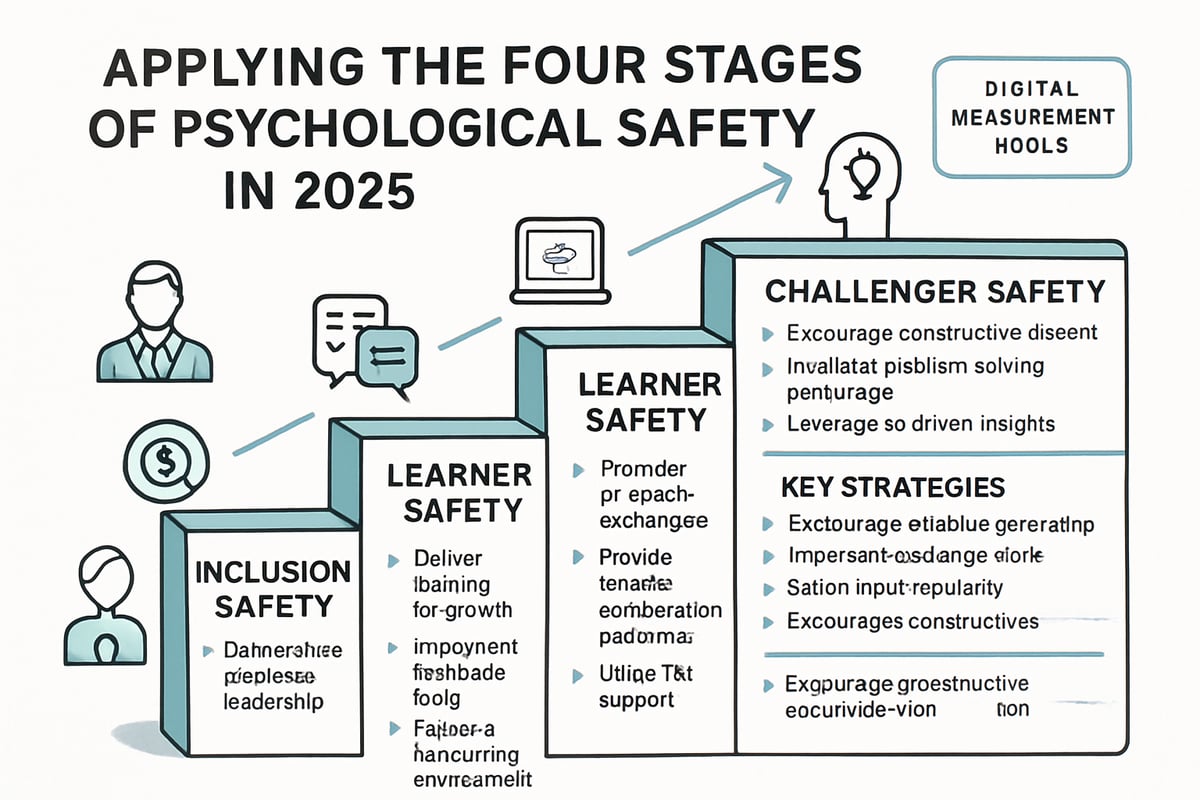
Step-by-Step Guide to Assess and Build Each Stage
Start by evaluating your team’s current position within the four stages of psychological safety. Use anonymous surveys or brief pulse checks to gauge how included, safe to learn, empowered to contribute, and free to challenge team members feel.
Once you know your baseline, take targeted actions for each stage:
- Inclusion Safety: Launch inclusive onboarding, foster belonging, and address microaggressions.
- Learner Safety: Encourage questions, celebrate learning moments, and destigmatize mistakes.
- Contributor Safety: Invite input, facilitate structured brainstorming, and recognize idea sharing.
- Challenger Safety: Hold regular “devil’s advocate” sessions and openly discuss tough topics.
Revisit these steps regularly to ensure ongoing progress through the four stages of psychological safety.
Leadership Commitment and Modeling
Leadership is the linchpin in advancing through the four stages of psychological safety. Leaders set the tone by modeling vulnerability, encouraging honest feedback, and responding constructively to mistakes.
Commitment means consistently demonstrating trust, listening actively, and holding yourself accountable. Leaders who invest in their own growth, such as through Team Coaching for Psychological Safety, can accelerate cultural transformation and help teams navigate each stage with confidence.
Tools for Measuring Psychological Safety
Effective measurement is essential to track progress. Use a mix of tools to gather data at each stage:
| Tool | Purpose | Frequency |
|---|---|---|
| Anonymous Surveys | Baseline and trend analysis | Quarterly |
| Pulse Checks | Real-time team sentiment | Monthly |
| Feedback Loops | Ongoing qualitative insights | Weekly/Project |
Regular measurement reveals shifts in the four stages of psychological safety and highlights areas needing attention.
Strategies for Remote and Hybrid Teams
Remote and hybrid work environments present unique challenges to building the four stages of psychological safety. Establish clear digital communication norms, such as video-on for key meetings and rotating facilitators to ensure all voices are heard.
Create inclusive virtual spaces, use breakout rooms for deeper discussion, and leverage digital tools for anonymous input. These practices help bridge gaps and build trust, even when teams are distributed.
HR and L&D’s Role in Embedding Psychological Safety
HR and Learning & Development teams are crucial for embedding the four stages of psychological safety into company culture. They can integrate psychological safety into onboarding, offer training on inclusive leadership, and provide resources for continuous learning.
L&D can also champion peer mentoring and facilitate workshops that align with each stage, ensuring psychological safety becomes part of your organization’s DNA.
Examples of Successful Interventions and Outcomes
Organizations that master the four stages of psychological safety report higher engagement, faster innovation, and lower turnover. For example, tech firms that implemented structured feedback and recognition programs saw a marked increase in idea sharing and risk-taking.
Healthcare teams using regular psychological safety check-ins improved patient outcomes and reduced errors. By focusing on each stage, companies unlock the full potential of their people.
Addressing 2025’s Unique Challenges
The year 2025 brings new complexities—AI integration, global teams, and rapid change. Leaders must stay proactive, adapting strategies for the four stages of psychological safety to address cross-cultural nuances and evolving digital tools.
Anticipate challenges by fostering curiosity about new technologies, celebrating diverse perspectives, and building resilience into team routines. These steps keep your organization agile and future-ready.
Applying the four stages of psychological safety requires ongoing effort, adaptive leadership, and a culture of trust.
Overcoming Common Challenges and Pitfalls
Building psychological safety is not a one-time task. Even the most committed teams face setbacks and barriers along the journey through the four stages of psychological safety. Recognizing and addressing these pitfalls is essential for leaders aiming to create a culture where everyone can thrive.
Common Obstacles to Psychological Safety
Teams frequently encounter obstacles that threaten the four stages of psychological safety. Some of the most prevalent challenges include:
- Toxic leadership styles that discourage openness and trust
- Power imbalances that silence junior or marginalized team members
- Cultural resistance to change, especially in established organizations
- Rapid organizational shifts, such as restructuring or digital transformation
These issues can undermine even the best intentions. For a deeper dive on overcoming toxic leadership, see Transforming Toxic Leadership.
The Danger of Treating Stages as Linear
A common misconception is viewing the four stages of psychological safety as a strict, step-by-step ladder. In reality, teams may progress, regress, or move through stages in a non-linear fashion. When leaders treat the framework as rigid, they risk missing signs of uneven progress or ignoring unique team dynamics.
According to The Four Levels of Psychological Safety, resilience comes from recognizing that setbacks are part of the process and adapting strategies accordingly.
Solutions for Setbacks and Uneven Progress
To build and sustain the four stages of psychological safety, leaders must be proactive and flexible. Here are strategies to overcome common pitfalls:
- Regularly assess team climate through surveys and open discussions
- Provide targeted support for underrepresented voices, such as mentorship or affinity groups
- Celebrate learning from mistakes, not just successes
- Train managers to recognize early warning signs of regression
- Foster a culture of continual feedback and adaptation
Supporting Marginalized and Underrepresented Voices
Psychological safety must extend to every team member. Leaders should:
- Ensure decision-making meetings are inclusive and accessible
- Use anonymous feedback tools to surface hidden concerns
- Offer sponsorship and advocacy for those at risk of being overlooked
Ongoing Education and Resilience
Continuous learning is key. Teams that invest in ongoing education, reflective practices, and resilience training rebound faster from setbacks. Organizations that have rebuilt trust after failure often cite transparent communication and a commitment to improvement as their foundations.
| Pitfall | Solution |
|---|---|
| Toxic Leadership | Leadership coaching, transparent feedback |
| Power Imbalance | Empowerment, shared decision-making |
| Cultural Resistance | Change champions, training |
| Rapid Change | Clear vision, adaptable processes |
Long-Term Benefits and Practical Advice
Research shows that resilient teams experience higher engagement and lower turnover. The four stages of psychological safety are not just theory—they are a proven path to sustainable performance.
To truly embed these practices, organizations should partner with experienced consultants and invest in leadership development programs.
The Future of Psychological Safety: Trends and Predictions for 2025
Psychological safety is rapidly evolving, and the four stages of psychological safety are now at the center of forward-thinking organizational strategies. As we look to 2025, several trends are transforming how teams and leaders nurture this vital workplace element.
One major trend is the normalization of remote and hybrid work. Teams are more global and digitally connected than ever, making trust and open communication critical. AI-driven feedback tools are emerging, offering real-time insights on team dynamics and employee sentiment. These technologies can help leaders spot gaps in the four stages of psychological safety, but they require thoughtful implementation to avoid undermining trust.
Regulatory changes and ESG (Environmental, Social, Governance) standards are also influencing company priorities. Organizations must now demonstrate their commitment to psychological safety, diversity, and transparency. Social movements continue to raise expectations around inclusion and voice, pushing the four stages of psychological safety into the spotlight for boards and executives. Companies are integrating psychological safety with DEI, well-being, and sustainability initiatives, creating a holistic approach to culture.
The four stages of psychological safety model is adapting to these new realities. As workplaces become more complex, the stages are being used as a flexible framework rather than a rigid ladder. Leaders are increasingly referencing resources like The 4 Stages of Psychological Safety Summary to quickly educate teams and set expectations. The model is also being updated to address AI collaboration, cross-cultural dynamics, and rapid change.
Leadership development is seeing a surge in demand for training focused on the four stages of psychological safety. Programs now emphasize skills such as inclusive communication, virtual facilitation, and ethical decision-making. Many organizations are turning to Leadership and Executive Coaching to equip leaders with the mindset and tools needed to foster psychological safety at scale.
To stay ahead in 2025, organizations should regularly assess psychological safety, invest in leadership development, and ensure alignment with global standards. Prioritizing the four stages of psychological safety is no longer optional—it is essential for innovation, retention, and long-term success. If your team is ready to elevate its culture and accountability, consider learning more at Accountability Now.
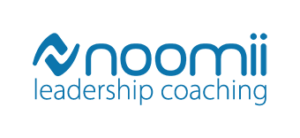
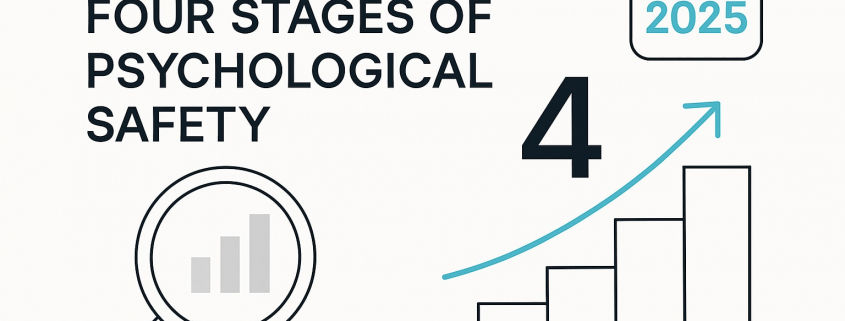


Leave a Reply
Want to join the discussion?Feel free to contribute!